Businesses are increasingly aware that work-related stress and exhaustion are a ticking time bomb. Helping employees recover from the trauma of the pandemic is not just the right thing to do as business owners, but it is essential to running a successful business.
A survey of 40,000 staff across 114 organisations by mental health charity, Mind, found the well-being of 41% of employees had gotten worse during the pandemic, while about half of the respondents said their work life had interfered with their home life. Dane Krambergar, head of client services for workplace well-being at Mind said “There are quite stark statistics that suggest that burnout is a very real risk for many employees in the UK at present.”
According to the psychotherapist Hilda Burke, the symptoms of burnout include extreme exhaustion, insomnia, crippling self-doubt and extreme despondency – often caused by overwork, and being stressed over an extended period.
A recent survey carried out by CIPHR around workplace-related stress found that 79% of adults in the UK felt stressed more than once a month. On average these adults feel stressed 8.27 days a month – which equates to more than two days a week!
So what are the biggest stressors for adults?
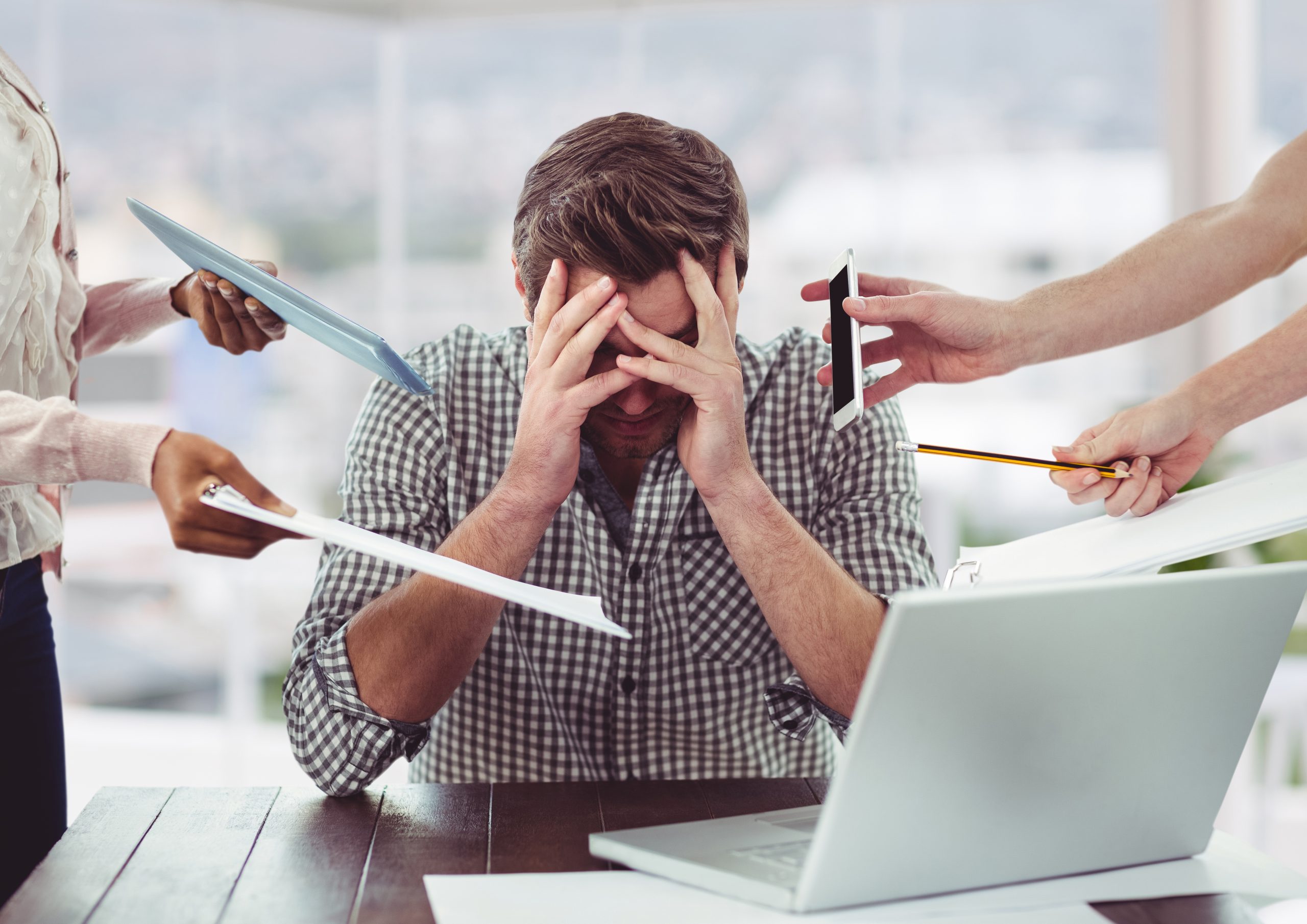
- 39% say that lack of sleep and money worries are some of the primary causes of stress in their lives
- 23% say that work, in general, makes them feel stressed
- And 18% say that workload demands are another big cause of stress
What does this mean for businesses?

At the start of 2021, research by Deloitte found that poor mental health costs UK employers up to £45bn a year, and found that for every £1 spent by employers on mental health interventions they got £5 back in reduced absence, presenteeism and staff turnover.
It may seem logical, but many studies have proven that employees who are happy at work are also more productive. In fact, happy employees are said to be up to 31% more productive. As well as this, a study by Performance showed that happy employees will be 37% better at selling and display three times more creativity than their unhappy counterparts.
Everyone, whether you are an employee, or an employer has at some point experienced stress. There is no medical definition for stress, or cure, which can make it extremely difficult for people to even comprehend what is making them stressed, let alone how best to overcome it.
However, there are many ways in which businesses can give back and show their support by reducing stress levels in the workplace. Keeping your staff happy, engaged and connected, results in a high spirited and productive workforce, but there are also ways the physical space you occupy can impact your employees well being. These are often overlooked with focus placed heavily on creating a positive work culture and morale, but a few workplace improvements can significantly improve the overall health and happiness of any workforce – even if they don’t realise it!
Six design considerations to reduce stress in your workplace:
Distraction-free Zones
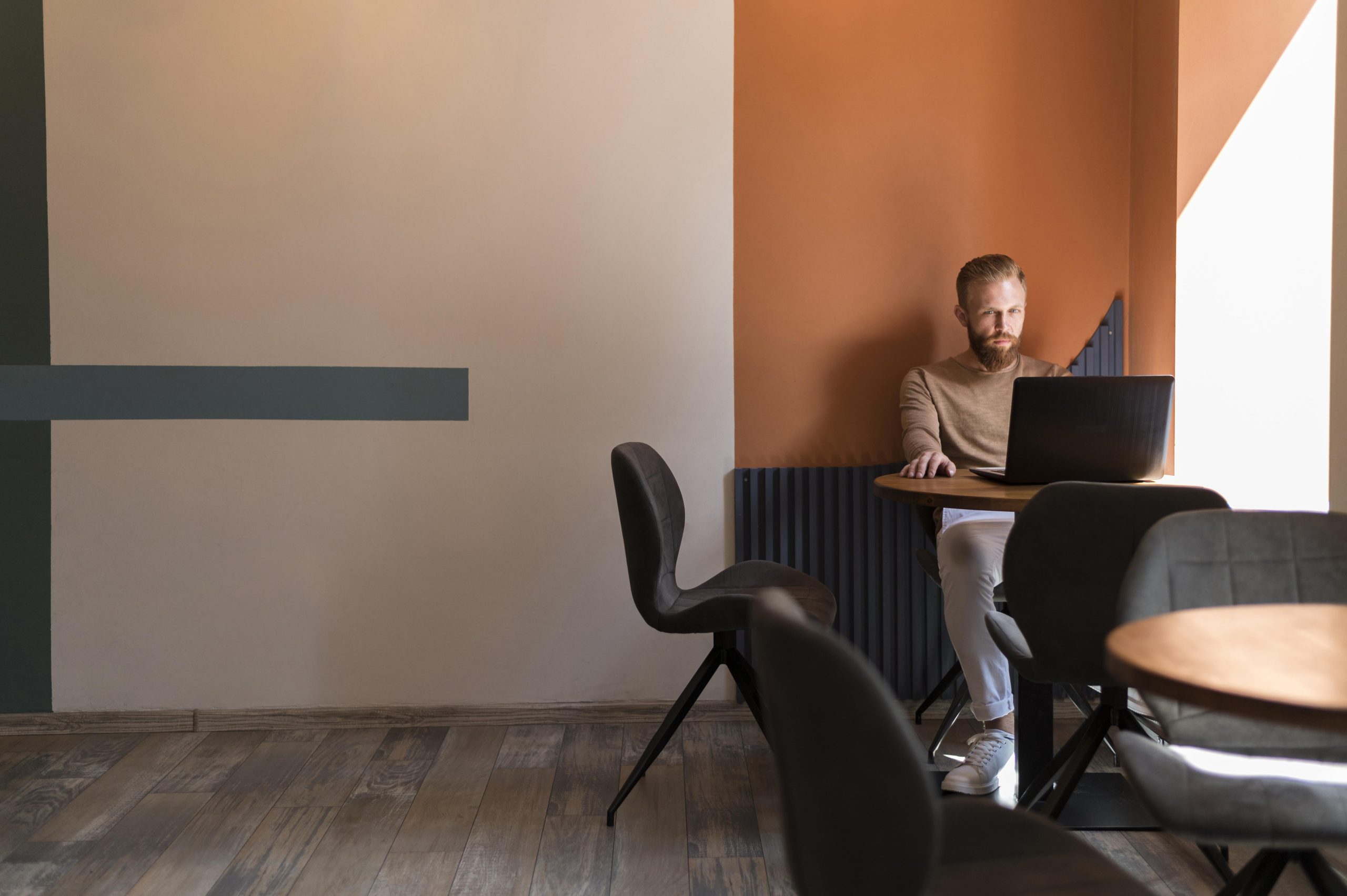
- Having dividers in appropriate areas to block and reduce noise levels will allow people to get what they need to do during work hours.
- Have dedicated quiet areas for those much-needed head-down moments to separate working zones from the more energetic, social areas of the office
- Have private rooms/phone booths available for those who need to make calls or attend confidential meetings. People often like to do these away from the hustle and bustle of the office.
Create a home-from-home environment

- There really is no place like home, and after a year of working from our homes, employees now need a space worth leaving them for. A big part of feeling at home is to feel comfortable and at ease somewhere, so to create this sense of welcoming in your workplace consider having soft seating areas with warm finishes.
- Provide the opportunity for people to bespoke certain areas of their working environment to help bring that cosy, home-like experience
The Digital Experience
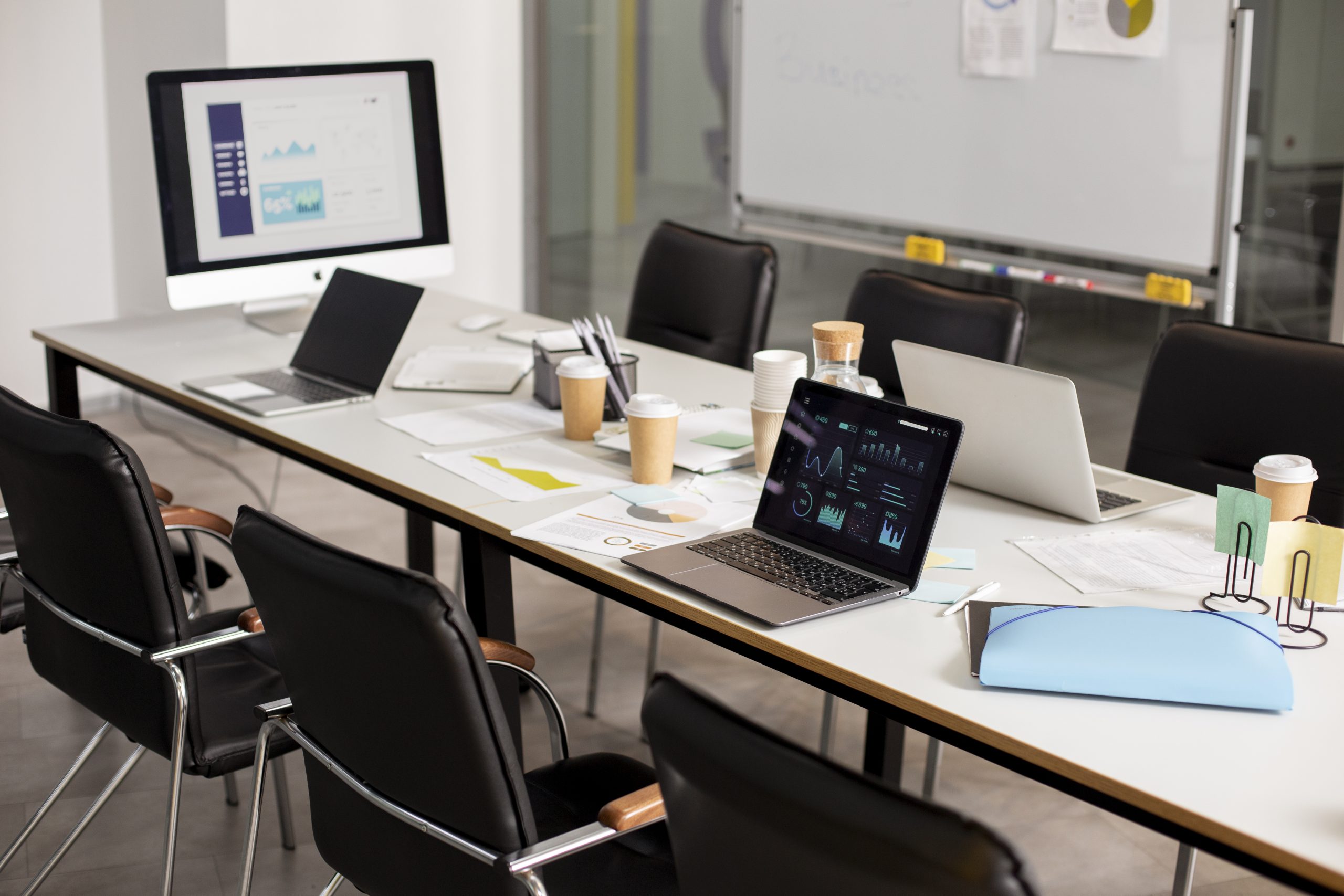
- If there is anything the last year has taught us, its the power of technology. For months we all relied on it, to keep in touch with loved ones and carry on our lives as much as possible. Workplaces today need to be up to speed with the latest technology to ensure they are providing a seamless and smooth process for their workforce to carry out their roles and responsibilities.
- The days of working 5 days a week and being at every meeting in person are well and truly behind us, so for businesses to get the best out of their workforce, they must now bridge the gap between home, the office and ‘thirdspace’ to create one digital experience for all.
Good Lighting is a Bright Idea
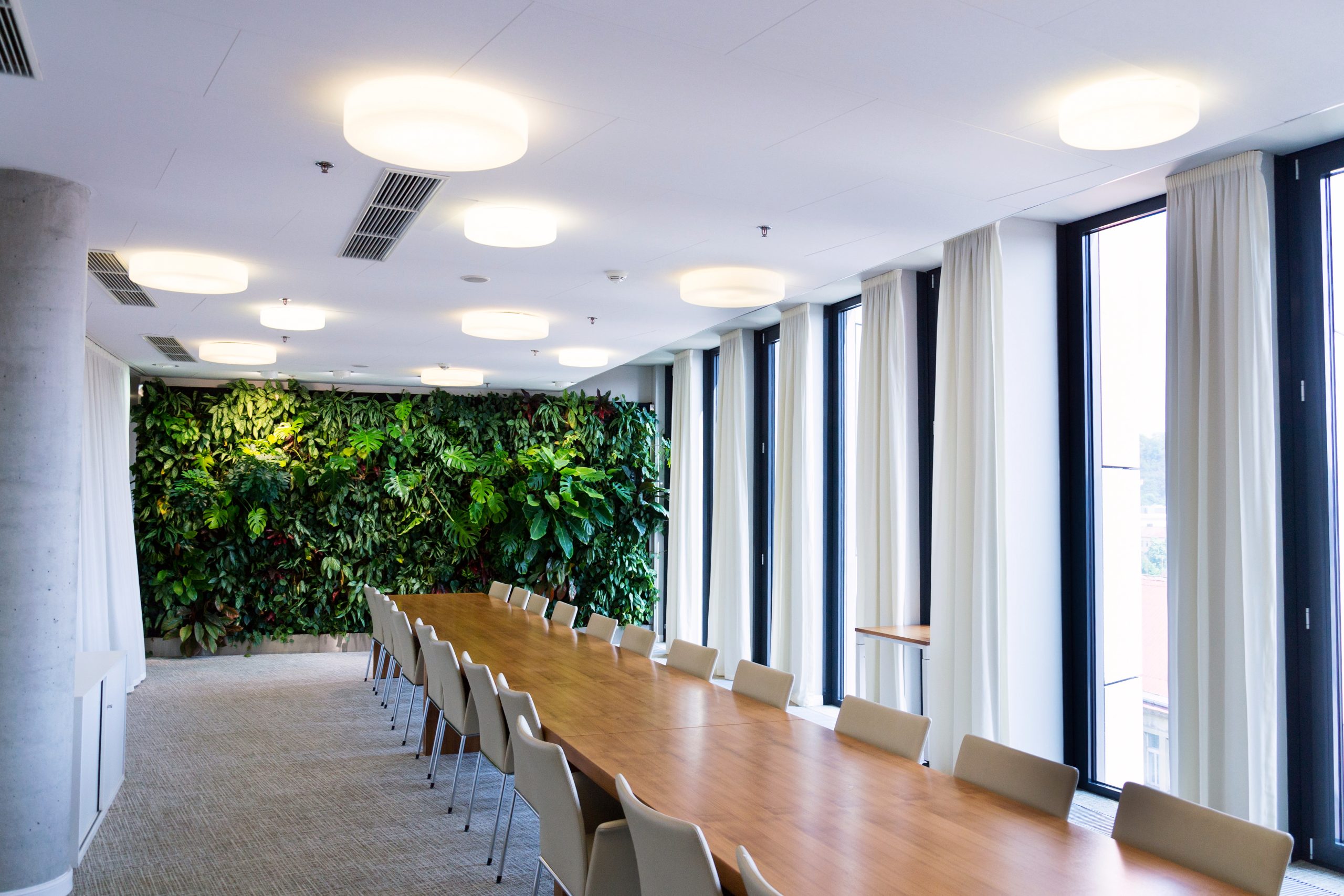
- Provide work areas with more natural light, Studies have found that improved access to natural light can reduce levels of agitation and stress.
- Avoid fluorescent lighting systems, these have been shown to arouse the central nervous system, which can lead to eye discomfort, migraines, visual stress and diminished reading proficiency.
There is no ‘one size fits all’ solution
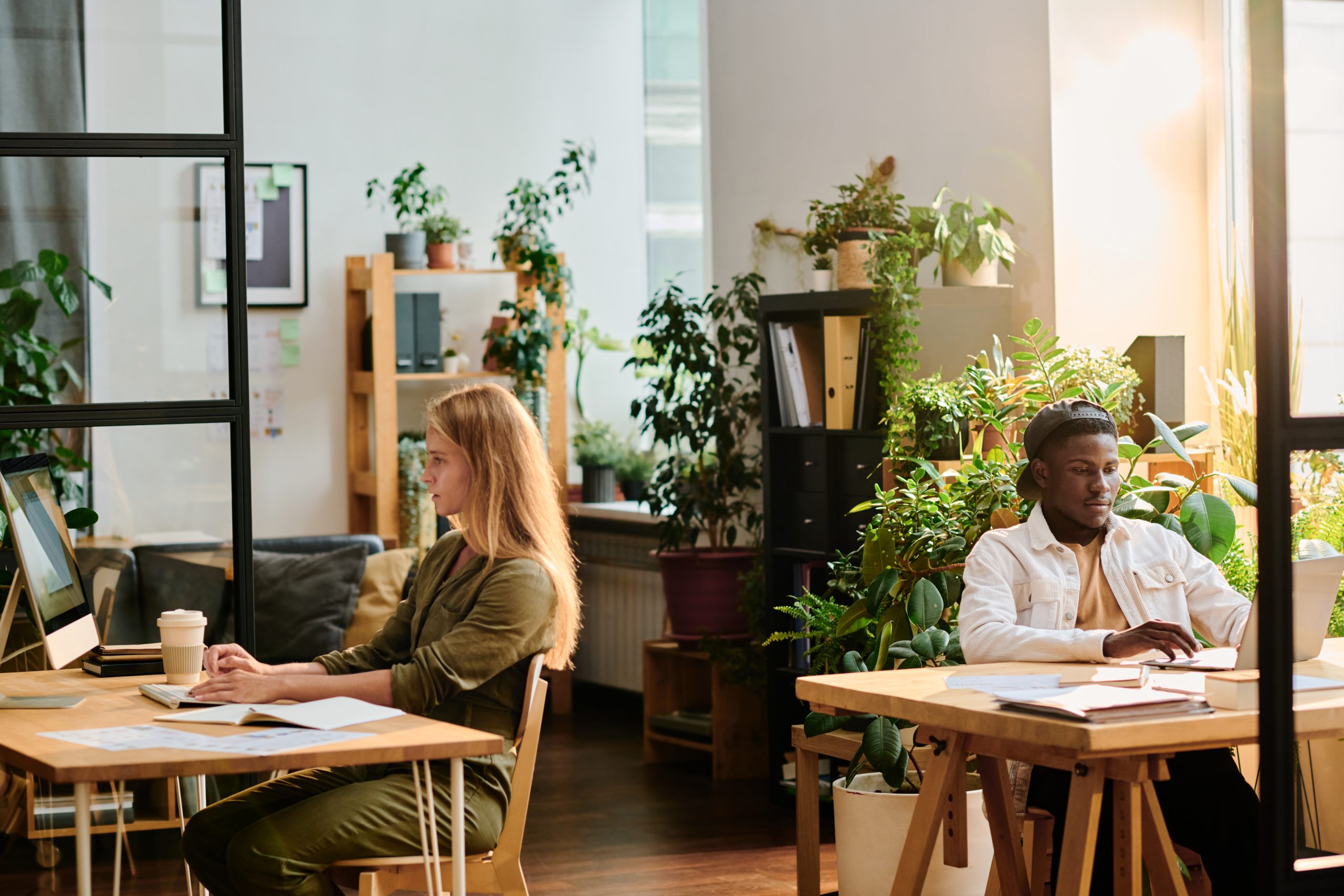
- Remember, each individual is different, so allow employees to make decisions based on their own working needs. Some may wish to go out for a walk with fresh air in between tasks to clear their mind, others may like to break up the day by working from ‘thirdspaces’ and some may just need a variety of areas within the office to fulfil their responsibilities.
- If there is one thing we all missed out on during the pandemic, it was a change of scenery. To entice employees out of their homes and back into the office, businesses must be providing a wealth of working areas to meet different working needs.
Encourage Morale and Interaction

- Does anything help to reduce the effects of stress better than a cuppa and chat with some friends? Your workspace should support and encourage employee interactions to ensure everyone is getting the downtime they deserve.
- Include active breakout areas throughout the office to encourage movement away from desks.
- Offer space to recuperate – this could be in the form of a snug or pool table area, where teams can come together and forget about work for a while.
Keeping it Fresh
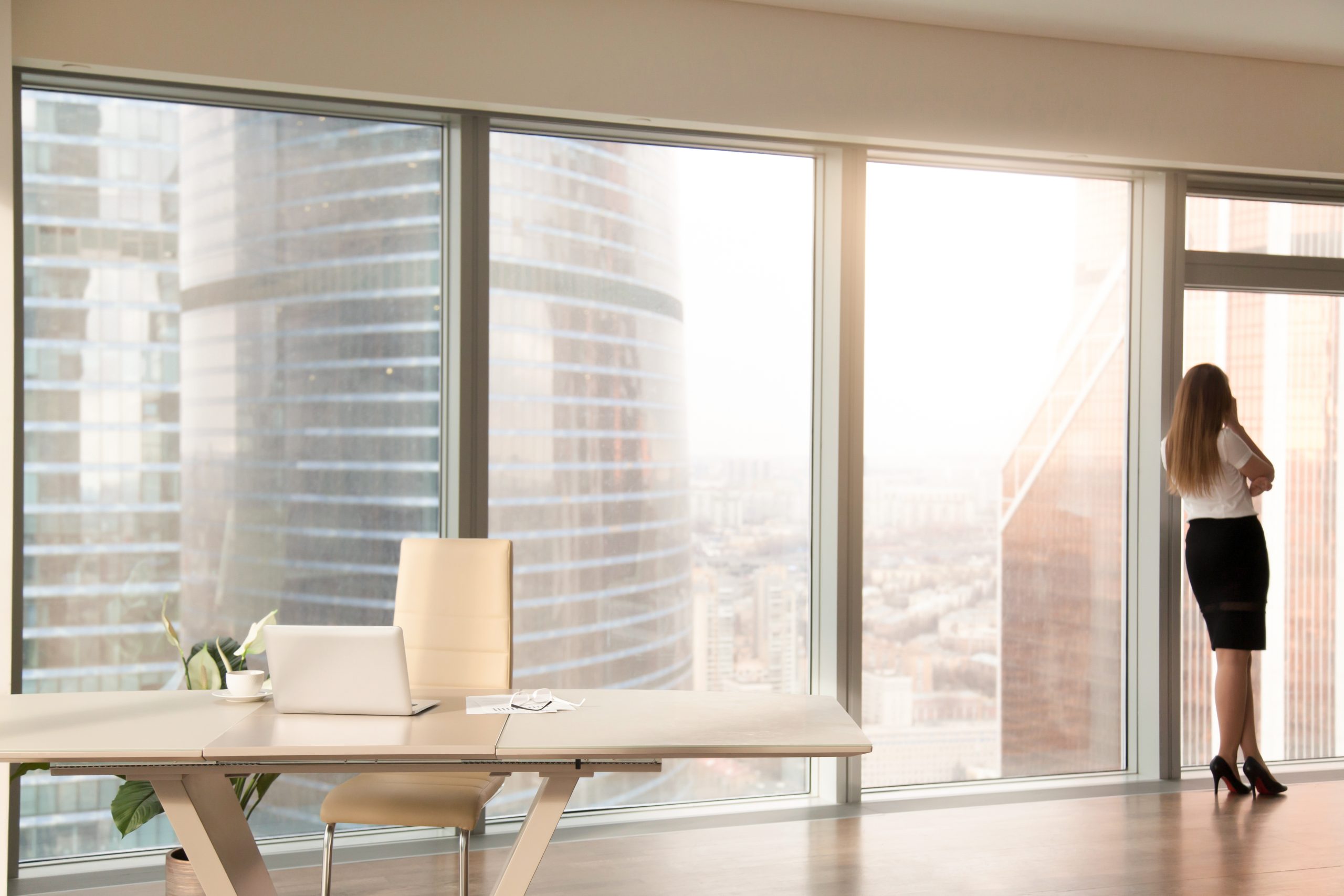
- Research suggests that oxygen can enhance serotonin levels in our bodies, which in turn promotes a sense of happiness and relaxation. So having plenty of fresh air and biophilia throughout the workplace will essentially help to reduce stress and anxiety levels.
- Good ventilation and fresh air are more vital than ever when it comes to promoting positive health and wellbeing. We have all spent months opening the doors and windows of our homes to let in the fresh air and keep away any germs. The workplace must now follow suit and ensure people and their health are put first.
How can we help you?
Devono and Dthree Studio know that people are a company’s biggest asset and overhead, that’s why we always put our people, and our clients’ people, first. If you are looking to improve your workplace to get the best out of your people, then get in touch today to see how we can help.



